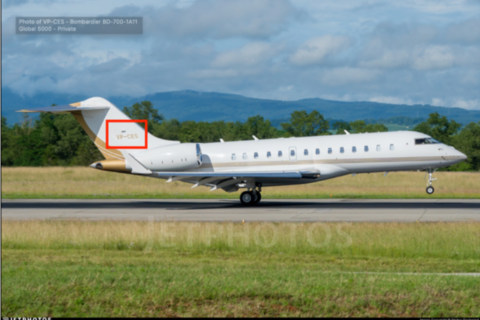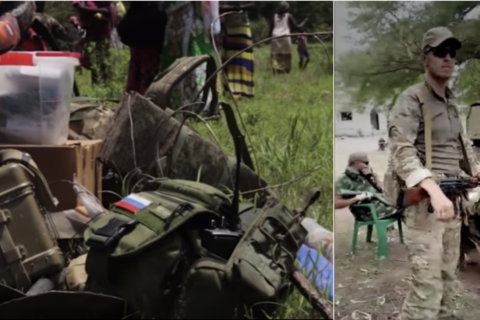A Fragile Recovery
In early 2013, Mali was slipping towards the status of failed state. A patchwork of Islamists and separatist movements controlled the northern parts of the country, military leaders from an April coup d’état continued to pull the strings of a fledgling transitional government, and Mali gained international attention as a nexus for the trafficking of drugs and illicit goods across its poorly governed territory
Executive Summary
In early 2013, Mali was slipping towards the status of failed state. A patchwork of Islamists and separatist movements controlled the northern parts of the country, military leaders from an April coup d’état continued to pull the strings of a fledgling transitional government, and Mali gained international attention as a nexus for the trafficking of drugs and illicit goods across its poorly governed territory.
Without a swift military intervention in January 2013 by France, Mali’s former colonizer, the country may have become West Africa’s Somalia. French intervention restored state territorial integrity, pushed Islamists from their strongholds, and facilitated the democratic election of a new president and national assembly. The state is reasserting its authority in the three northern regions (although incompletely) and displaced populations are trickling back into their communities.
As Mali emerges from conflict, humanitarian and development actors, international organizations, and foreign investors will require new tools to navigate the post-conflict environment. This report seeks to clarify a complicated setting and facilitate responsible re-engagement by foreign partners by addressing critical factors in logistics and operations planning. This includes the economic environment, government regulations, security environment, transportation networks, communications capabilities, energy and water infrastructure, and banking sector.
Inarguably, the entire population of Mali suffered during the crises of 2012 and 2013. However, this report will primarily focus on the capital, Bamako, and the three northern regions: Timbuktu, Gao, and Kidal. The nature of the conflict meant these localities were most affected by instability.
In order to supplement desk research from Washington, DC, the authors travelled to the cities of Bamako, Timbuktu, and Gao in December 2013 to collect original data and conduct interviews with actors in the field. Excerpts from these interviews have been cited where applicable, unless the interviewee requested anonymity or if the information may harm the interests of the individual or organization.





